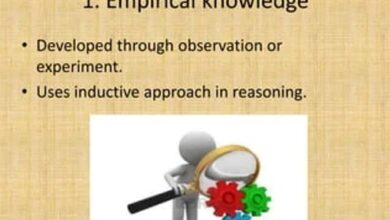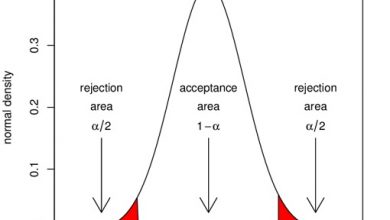Integrative literature review Features How to do integrative review
The integrative literature review, widely used by academics in the health area, makes it possible to gather evidence on a topic and prepare a synthesis regarding the information collected. There is no system for producing the work, but the author needs to give details about how and where he found the studies that support the discussion.
The literature review is a type of study in which the researcher does not go into the field to collect information, but rather analyzes other works that have already been developed on the subject. There are three types of review: narrative, systematic and integrative. In this article we will explain everything about the integrative review.
What is an integrative literature review?
The integrative literature review aims to define concepts, review theories and analyze problems of a specific subject. As with the narrative review, the integrative one has a more qualitative approach .
Features of the integrative review
- More detailed than the narrative review;
- It talks about the databases used to collect information;
- Displays the descriptors used in the search;
- It has inclusion and exclusion criteria;
- Includes studies with different methodological approaches.
Differences between integrative and systematic review
The systematic review follows a protocol, that is, it presents a checklist that the researcher needs to comply with in order to write each of the stages of the work. In addition, it has a quantitative character .
The integrative review does not have this protocol, but the author must respect the six steps that characterize this type of study.
In science, the integrative model seeks to deepen knowledge and raise hypotheses . In contrast, the systematic review is committed to directing the researcher to find an answer to a specific question.
How to do integrative review?
See, below, the step-by-step of an integrative literature review:
Introduction
The length of the introduction varies from one to two pages.
In the introduction, write one to three paragraphs talking about contextualization. It is a good moment to present a definition and place the reader in time and space. Don’t forget to quote to support the data.
After presenting an overview of what will be discussed in the review, address the research problem . The problem is usually in the form of a question. Then, launch hypotheses, that is, possible answers to the question raised. Write one to two paragraphs.
Still in the introduction, talk about the justification (the reason for carrying out the study) and the relevance of your research (because the knowledge generated by the study is important). With one or two paragraphs you can handle this step of the introduction.
At the end of the introduction, mention the purpose of the study. The central idea of the work is usually born from a guiding question. There are several ways to write this question, one of which is the PICO method:
- P (Population) : EJA students
- I (Intervention): use of digital games in mathematics teaching
- C (Control): a comparison is made with students who are not submitted to the method
- The (Outcome): what you want to analyze with in the learning.
Based on the PICO method, the guiding question for the example used looks like this:
“Is the use of digital games in teaching mathematics for an EJA class effective in the learning process?”
Method
In this section of the work, make it clear that the study has the format of an integrative literature review. Also, mention your research sources ( databases ), how the studies were searched (use of descriptors), inclusion and exclusion criteria, data collection and how the data will be analyzed.
Search or sampling in the literature
Search the databases for keywords related to your study. Observing your guiding question, it is already possible to identify these terms.
At this stage, it is very interesting to use Boolean operators, that is, terms that better filter results across platforms. The most used ones are “and”, “or” and “not”. This strategy should be described in the method part of the review.
Data collect
After searching the databases, select the most relevant studies for your research. Extract the most relevant information from each text, using the filing technique .
There are already models of forms that facilitate the collection of data from scientific articles for integrative review. One of the most used is the URSI 2005. Applying the instrument, it is easier to summarize the information and even create a comparative table.
Critical analysis of studies
The analysis of scientific articles can be carried out from a framework of evidence. In this sense, meta-analysis and systematic review studies are more reliable compared to other types of work, such as case reports, for example.
Discussion of results
Merge the selected studies and see what each document presents. You can present confrontation or similarities of ideas from results obtained in other researches.
In the discussion, be careful not to create a theoretical framework . The purpose of this step is to explain the data . The recommended length for this part of the review is two to three pages.
Presentation of the integrative review
Present the number of studies that were found, overall. Then tell how many studies were selected from the application of inclusion and exclusion criteria. Finally, the result of the integrative review is presented in the form of a chart or flowchart.
Final considerations
Answer your guiding question and point out new study possibilities (gaps). In addition, it is interesting to mention the limitations found during the research.


